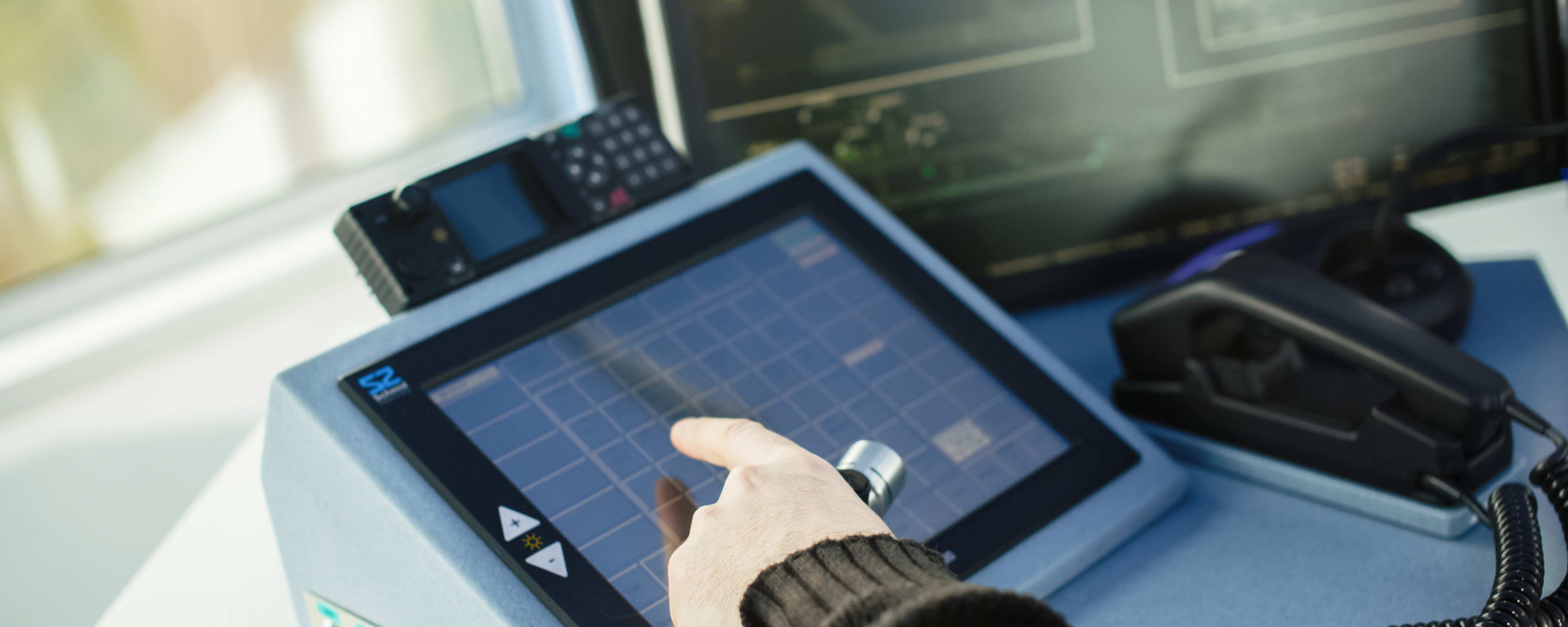
Communications
Radio transmitter and receiver are geographically separated from each other – it is for achieving better signal quality. Some radio relay stations installed in different locations enable radiocommunications in Estonian airspace even at lower altitudes; all of them are integrated into a common network. Every ATS unit has a separate, designated to it, radio frequency. Taking into account the importance of radio communication, it is not limited to one radio network, but each radio frequency in use has a separate back-up radio station.
The voice communications are replaced by CPDLC (Controller Pilot Data Link Communications), but voice transmissions will still remain a back-up means.
- Ground communication system (ground-ground voice communication) includes all telephone lines and other direct channels linking neighbouring ATS units and Centres, where information exchange requires voice communication. EANS has regular channels with ATC Centres in Finland, Latvia, Russia and Sweden.
- TDM-technology is being replaced by IP-based data exchange. Nowadays there is a trend in the world to replace point-to-point channels with corporate IP-based data exchange networks. Companies invest more and more in VoIP technologies to be used between air traffic control units and radio stations.
- Air-Ground data communication is part of the CNS/ATM technology, where the information/data exchange applications (including instructions) use either VDL (VHF Data Link) or Mode S extended squitter technology accordingly. The idea is to use the limited resources of radio frequencies in a more efficient way, to exchange the continuously increasing amount of information and messages, to update information more frequently and to reduce misinterpretation of the transmitted information.
- Ground-ground data communication is one of the key elements of CNS/ATM technology. In the future WAN (wide area networks) will replace the point-to point voice channels between different ATS units. Even nowadays data exchange networks are used for different purposes – systems’ remote control, surveillance data exchange, exchange of flight messages – AFTN/AMHS, aeronautical information exchange - although their networks are not yet fully integrated into a common system. In Europe there is a EROCONTROL initiated newPENS procurement (PENS – Pan European Network Service), which is meant to meet the above mentioned needs for information exchange.